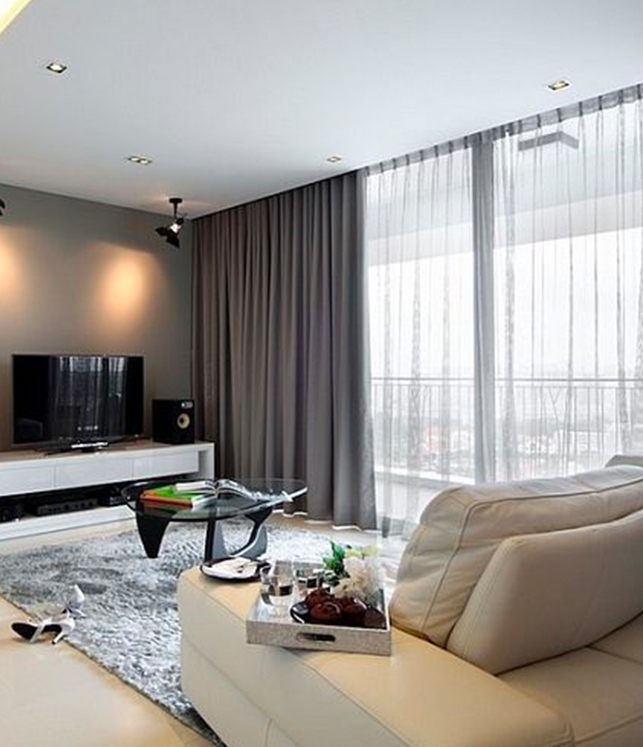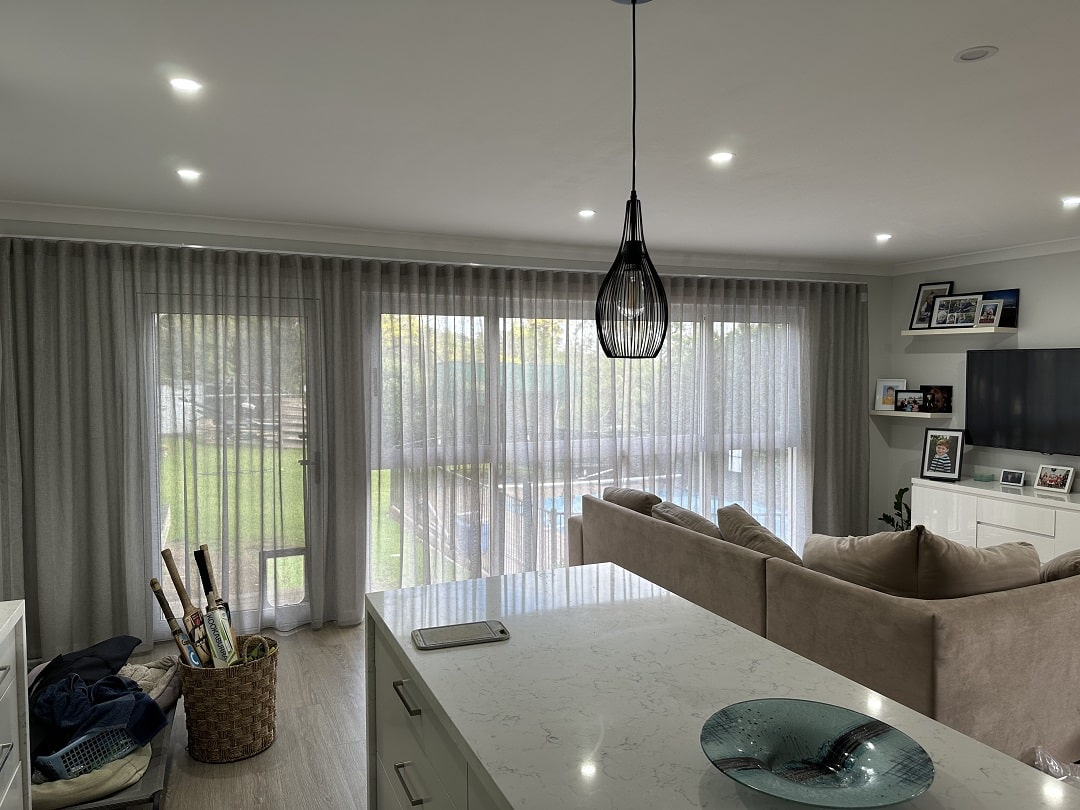Curtains
Home » Curtains in Hornsby and Surrounding areas
Custom Curtains in Hornsby & Surrounding Areas
Stylish, Practical & Made for Australian Homes
Seaforth Blinds – Your Local Curtain Specialists
Looking for high-quality, beautifully made curtains in Hornsby? At Seaforth Blinds, we specialise in custom-designed curtains that bring elegance, comfort, and energy efficiency to your home. Whether you’re in Hornsby, Wahroonga, Asquith, or the Upper North Shore, our expert team is here to help you find the perfect window covering solution.
Why Choose Curtains for Your Home?
Curtains are more than just a design feature—they’re an effective way to:




From blockout curtains that offer total light control to sheer curtains that create an airy, coastal vibe, we have options to suit every style and space.
Made-to-Measure Curtains, Designed for You
No two homes are the same—which is why our curtains are custom-made to perfectly fit your windows. We’ll help you choose from a wide range of:
Premium fabrics and colours
Blockout, sheer and layered curtain styles
Motorised and manual operation
Pelmets and accessories for a complete finish
We handle everything from in-home measure and quote to professional installation, so you can relax and enjoy the transformation.
Why Choose Seaforth Blinds?
✅ Over 75 years of experience
✅ Family-owned and operated
✅ Local knowledge, reliable service
✅ Competitive pricing and premium quality
✅ 5-star reviews across Sydney




Fullness
A sheer curtain is one that is made from translucent fabric, such as a loosely woven polyester voile. Sheer curtains allow a majority of light to be transmitted through the fabric, with the fabric weave providing a basic level of UV protection while retaining maximum visibility outward through the curtain. Sheer curtains are sometimes referred to as “privacy curtains” in reference to their screening abilities; during the day most sheer fabrics will allow people inside the home to see the outside view while preventing people outside the home from seeing directly into the home. Due to the loose weave in sheer fabrics, these types of curtains offer very little in the way of heat insulation or privacy during the night
Uncoated fabrics provide the next level of heat insulation and light absorption. Uncoated fabrics constitute the vast majority of fabrics used in curtains, and are composed of a tightly woven fabric, most typically a cotton/polyester blend, which is mostly opaque when viewed in ambient light. Uncoated fabrics provide a reasonable level of heat insulation due to the tight weave of the fabric. However, the fabric itself is typically not thick enough to completely absorb strong light sources. As a result, when curtains made from uncoated fabrics are closed in an attempt to block out direct sunlight, light will still be visible through the curtain.
Coated fabrics consist of a standard uncoated fabric with an opaque rubber backing applied to the rear of the fabric to provide improved light absorption. To create a coated fabric, a liquefied rubber polymer is applied in a single coat to an uncoated fabric and subsequently fused dry by means of a heated roller. A fabric that has been through the coating process once is considered a “1-pass-coated” fabric, referred to as a blockout because of the fabric’s ability to absorb approximately 50-70% of a direct light source.
Maximum light absorption and heat insulation in a curtain is created through a lined curtain, which typically consists of an uncoated fabric at the front to provide the look and feel of the curtain, with a separate coated fabric attached at the rear to provide the insulated qualities. The coated fabric is typically referred to as a lining, which simply refers to a coated fabric that does not have any particular colour or pattern.
Fabric Suppliers



Shipping
Capped at $30 per order
Free Fabric Swatches
Delivered to your door
